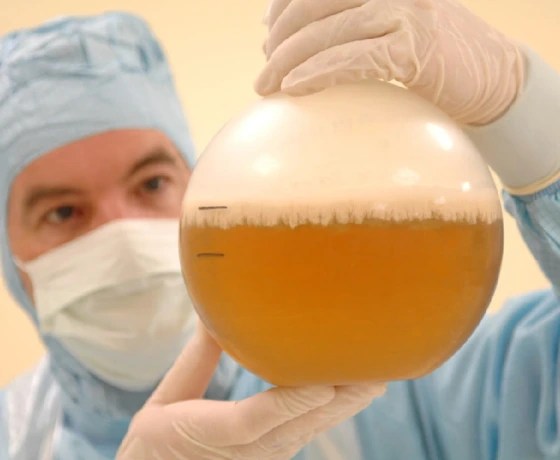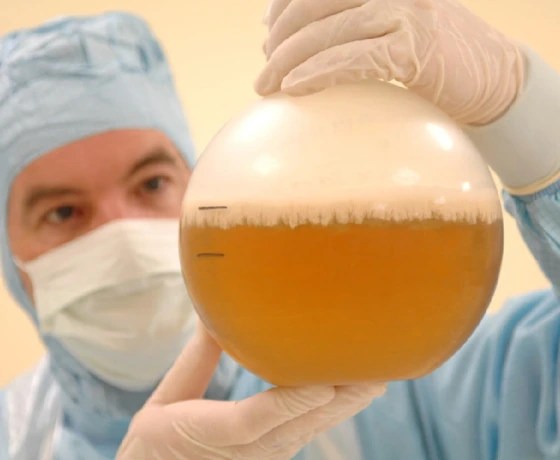Rabies in a postpandemic world: resilient reservoirs, redoubtable riposte, recurrent roadblocks, and resolute recidivism Rupprecht, C.E., Mshelbwala, P.P., Reeves, R.G., Kuzmin, I.V. 2023 Animal Diseases, 3(1), art. no. 15.
Rabies


Bovine tuberculosis (bTB) is a chronic bacterial disease affecting cattle and other mammals, which is reportable to the World Organisation for Animal Health (OIE).
SHARE
Bovine Tuberculosis (bTB)
Some countries are free of the disease, whereas it is endemic in others. Find out where the latest reported outbreaks are with this map.
KEY FACTS
Clinical Signs
Due to the slow development of this disease, infected animals may not show clinical signs until the later stages. The clinical signs are non-specific and may include lethargy, weakness, reduced appetite, recurrent light fever, swollen lymph nodes, cough, and/or chronic mastitis. This means that infected animals may not be easily identified.

TUBERCULIN IS USED IN SKIN TESTING TO SCREEN CATTLE FOR BTB
Treatment Classification
There is no effective treatment currently.
Management Classification
Control of bTB generally involves identifying infected animals and removing them from the herd (test and slaughter/segregation). Movement controls, post mortem meat inspection, and legislation are also important factors. Skin testing using the single intradermal tuberculin test (which detects a delayed-type hypersensitivity reaction to the intradermal injection of tuberculin) has been used for many years around the world. Whilst there are various versions of the test used for routine screening of cattle for bTB the basic principle is the same.

FOCUS ON…
Focus On… Bovine Tuberculosis: Production of bovine and avian tuberculin at Serumwerk Memsen, WDT
Here we present Dr Peter Schaufuss, Veterinarian, Specialist in Microbiology, Head of Production, Serumwerk Memsen, WDT, Germany; Dr Ursula Groner, Veterinarian, Serumwerk…
Latest Articles and Events
Knowledge Hub
Innovating at EuFMD OS22
After so long since the last in-person event, it was wonderful to be able to…
Guide – Australia’s DAFF and CSIRO…
A field guide for veterinarians providing information on emergenc
International Symposium of..
My name is Rachel Herschman and I have been an intern on the..
Website – IVVN – International..
The IVVN is an international community of over 1,600 members working togeth…
Boosting disease control with…
Disease control is about a lot more than simply the right vaccine. Building…
Focus On… African Swine Fever (ASF)…
African swine fever (ASF) is present in more than 50 countries on five continent…
Exploring New Frontiers in Anim...
I’m a final year DPhil student studying at The Pirbright Institute and the..
Website – IVVN – International..
Latest Scientific Papers
Rabies
Foot and Mouth Disease (FMD)
Avian Influenza (AI)
No items to show.
Rabies
Avian Influenza (AI)
Rabies
No items to show.
Subscribe to our free newsletter and stay up to date with all news and events.